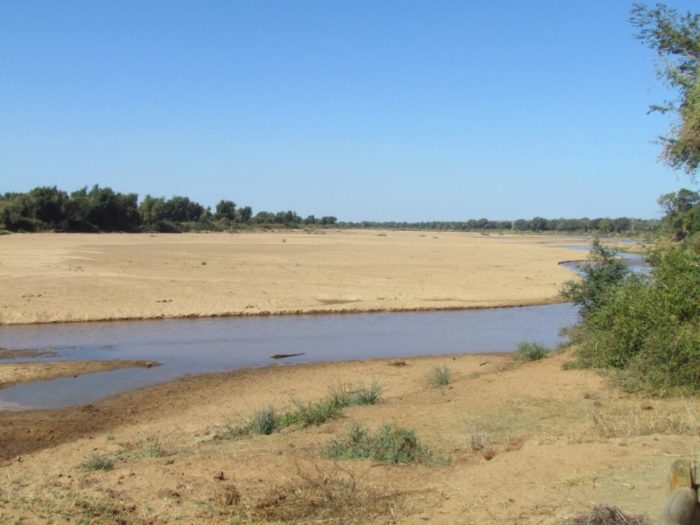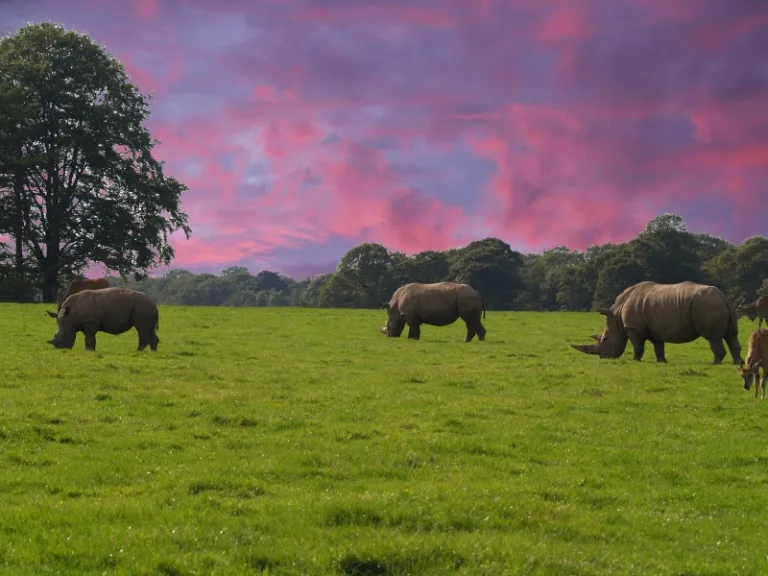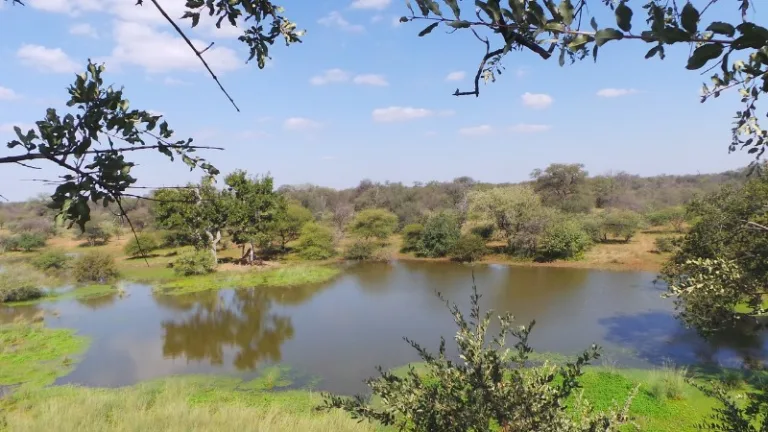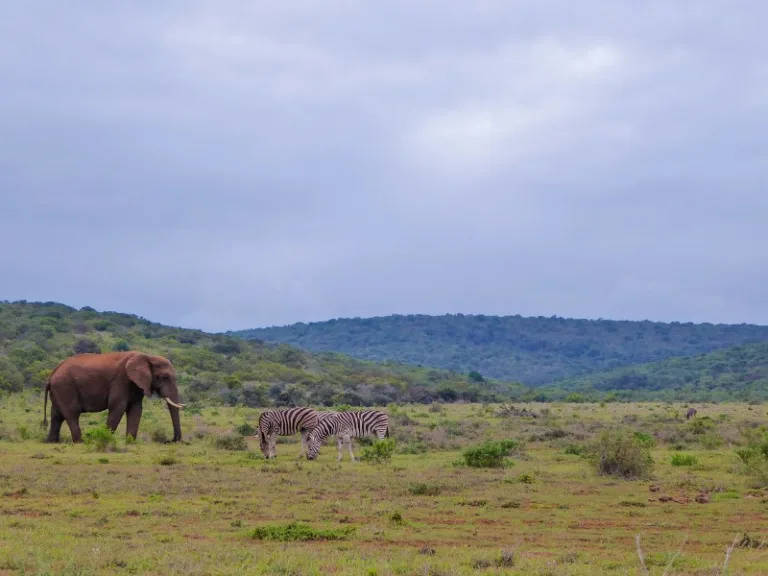AFRICA Listing Details
Africa listing details. ProdAfrica Business Directory is the best way to make business in Africa. We connect Europe and Africa. Your listing is visible now.
VERIFIED LISTING PUBLIC COMPANY OR LOCATIONProfile
Limpopo National Park, one of the jewels in the crown of Mozambique’s protected areas, came into existence in November 2001, when the area encompassing a former hunting reserve (Coutada 16), was reclassified as a national park. It was to Peace Parks Foundation that the Mozambican government turned to request assistance in overseeing its development as a Southern African Development Community (SADC) approved project.
This was the first major step in a process that enabled the realisation of a long-held vision to link together national parks from three different southern African countries to create one great transfrontier conservation area. In December 2002, the Great Limpopo Transfrontier Park, or GLTP, was established, linking Kruger National Park in South Africa, Gonarezhou National Park in Zimbabwe and Limpopo National Park in Mozambique.
After an intensive period of preparation, Limpopo National Park was itself officially opened to the public on 6th December 2005, when the presidents of the three GLTP member countries opened the Giriyondo Border Gate between Kruger National Park and the Limpopo National Park.
The western perimeter of Limpopo National Park is formed by the border with South Africa and stretches in a north-south direction for a distance of nearly 200km. The Zimbabwean border touches on the most northerly tip of the area and then runs away in a north-easterly direction. The great Limpopo River forms the eastern boundary, whilst the Elefantes River and Massingir Dam form the boundary to the south.
This extensive park of over one million hectares, encompasses vast tracks of wilderness, consisting of a number of different habitats and vegetation types. There are large areas of scrub mopane as well as luxurious forests of tall mopane trees. About 44% of the park’s surface is an outstanding example of a classic sandveld landscape.
While wildlife numbers in PNL are still limited, particularly when compared to its sister park across the border, species are quickly recovering from historic lows that were a consequence of Mozambique’s destructive civil war. Indeed elephant numbers have increased from the 300 or so that were estimated to be in the park at its creation, to over 1300 in a recent survey. Many other iconic species are found in PNL and numbers are increasing due to better protection and management. This has led to part of the border fence separating PNL from Kruger National Park being removed in 20xx, allowing for the free movement of wildlife between the two parks.
The long-term sustainability of the park, as well as meaningful development in neighbouring communities, is reliant on close co-operation between Limpopo National Park and these communities. In conjunction with the Government of Mozambique, the park has implemented a Voluntary Resettlement and Community Development programme. This has as its objective the resettlement of communities who have traditionally been living under extremely difficult conditions in areas that are now within the park boundaries. Their relocation will not only provide vastly improved access to development opportunities for their populations, but also relieve pressure on the park’s natural habitats. Strong donor support for this programme has been provided by Kreditanstalt für Wiederaufbau (KfW) and Agence Française de Développement (AFD).
Since establishment, through active partnership with the Mozambican Government, donors and Peace Parks Foundation, development of the Limpopo National Park has thus far included:
Development of park infrastructure including Giriyondo Border facilities and the arrival centre, offices, workshop and staff accommodation located at Massingir Gate.
Development of tourism facilities including Machampane camp, Albufeira camp, Aguia Pesqueira camp and 4×4 trails and associated camps.
Removal of 50km of fence line between KNP and LNP and relocation of 5,000 animals from Kruger National Park to LNP to supplement the parks existing wildlife.
Construction of a 56km South Eastern Barrier Fence to separate the wildlife core zone from the community buffer zone
Commencement of the relocation of 1,200 families to the Park Buffer Zone and implementation of various community programmes including a community nursery and 18 community irrigation programmes.
Development of Park Management structures including Finance and Admin, Protection, Infrastructure, Resettlement and Community Development departments.




